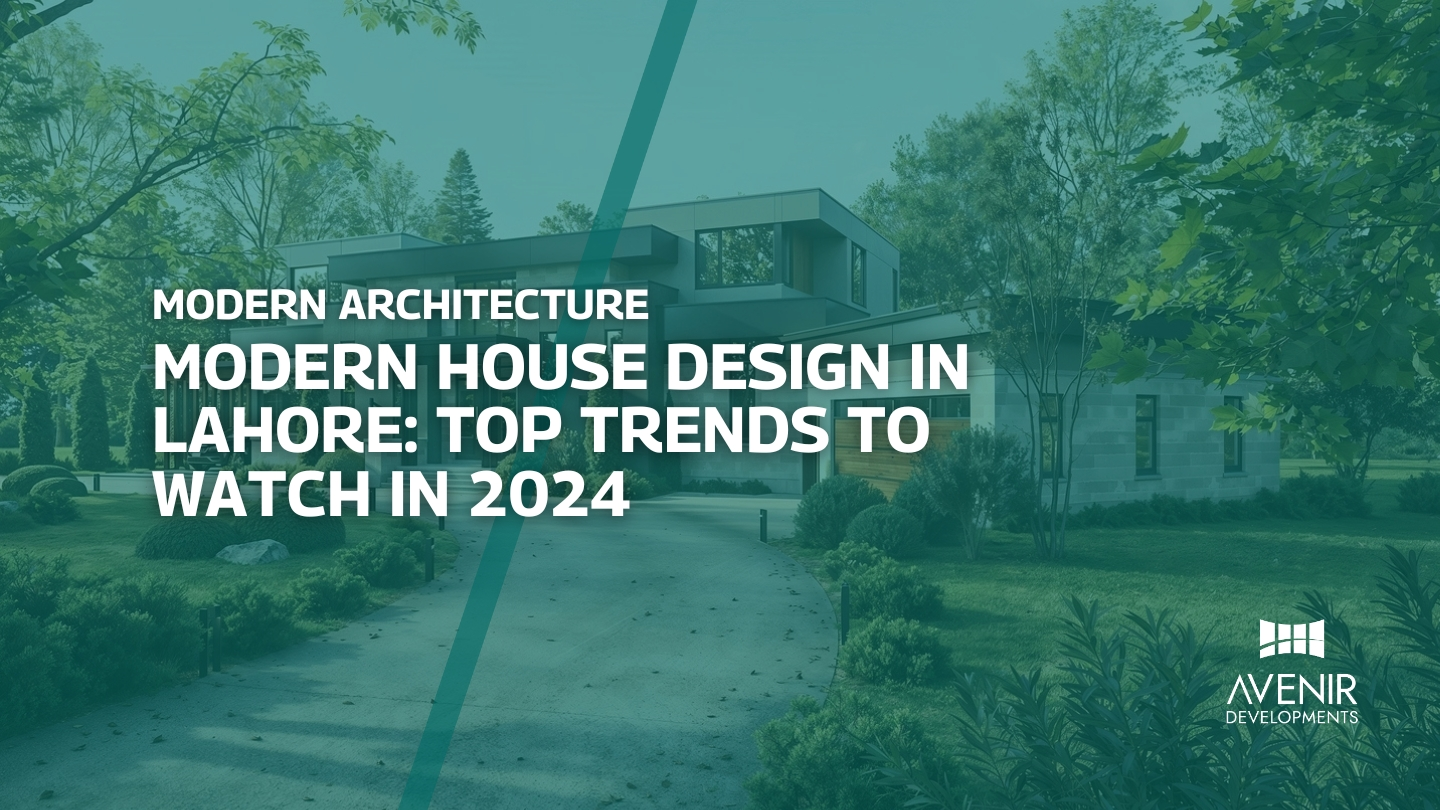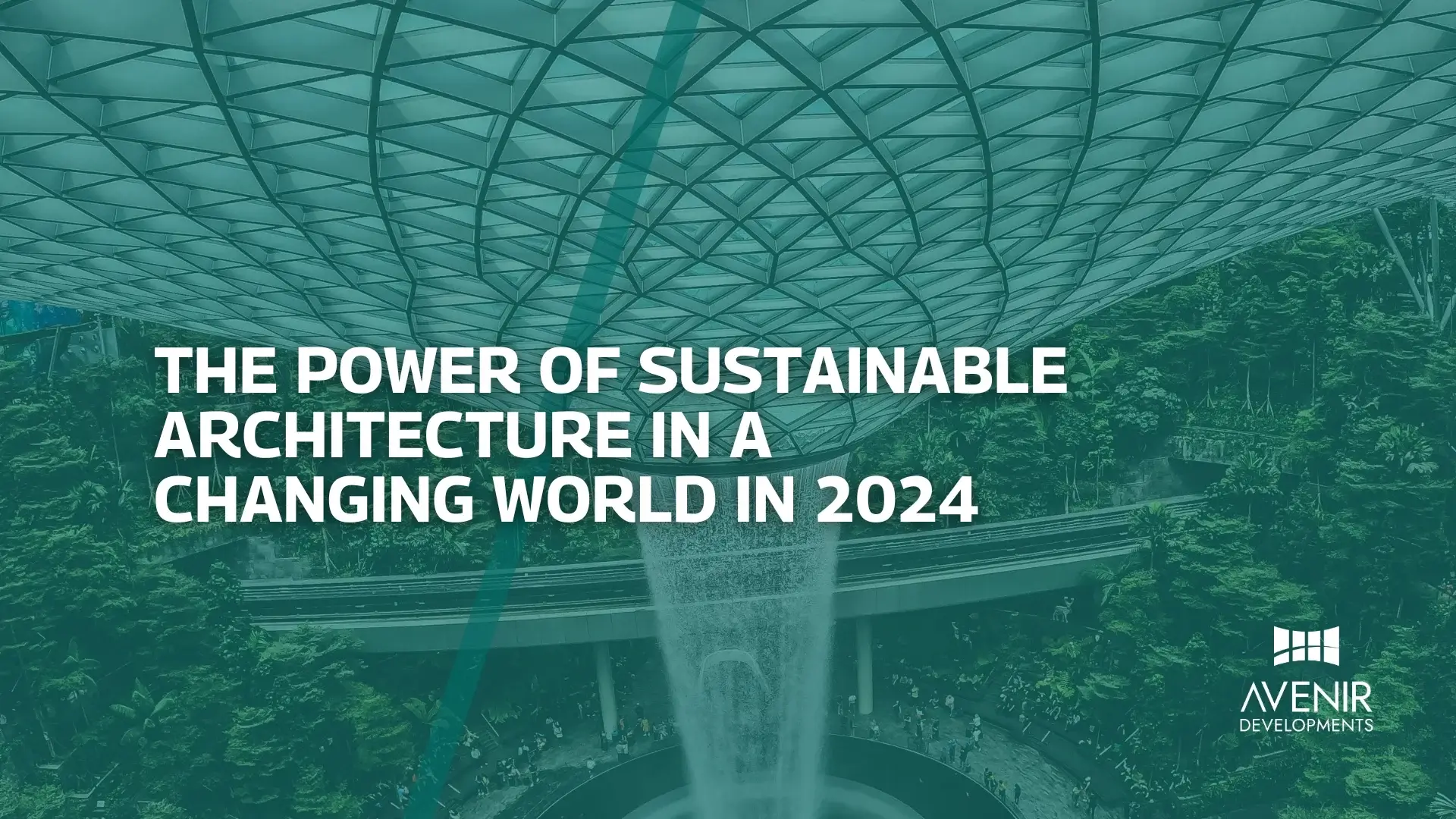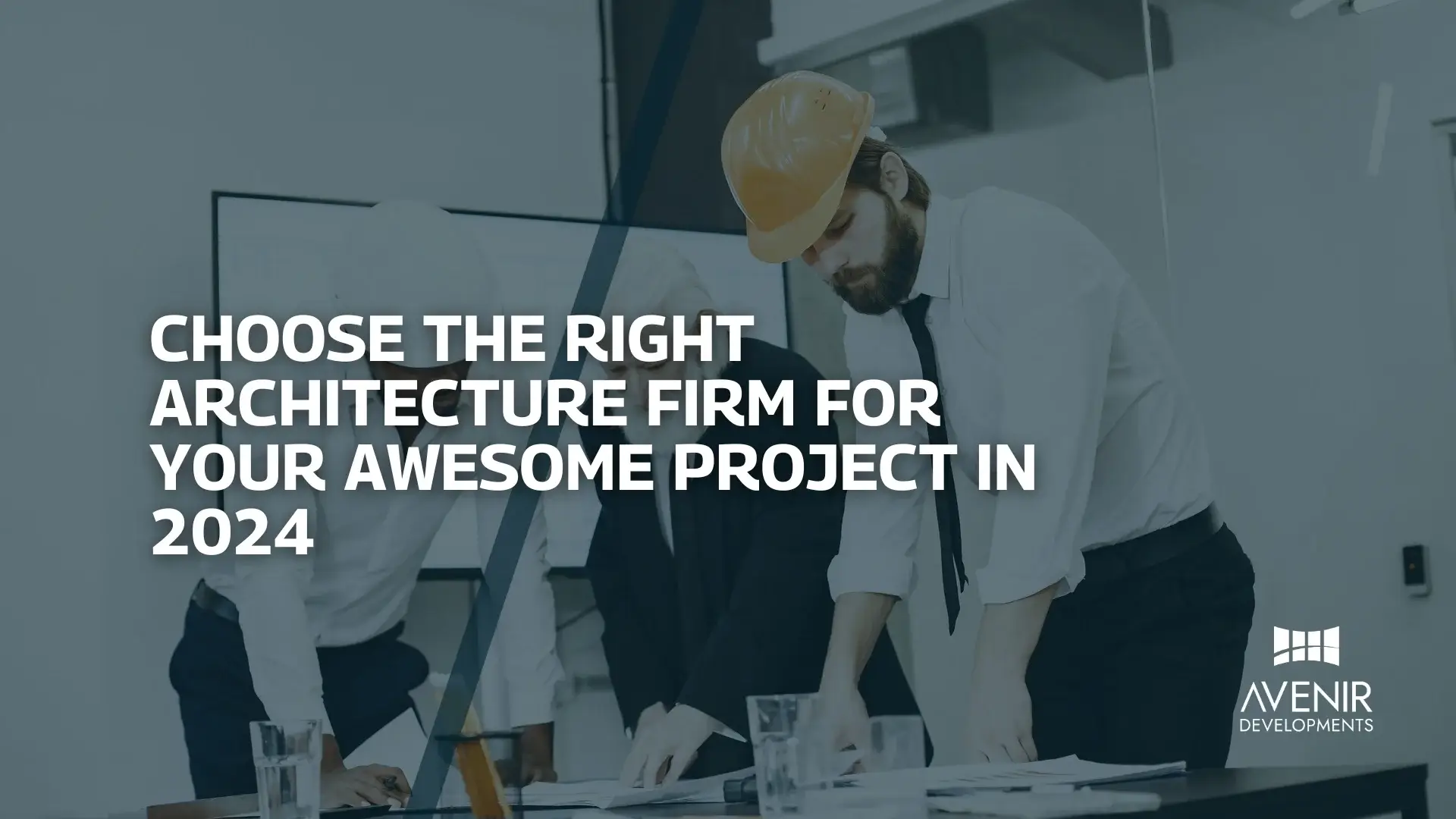The aroma of freshly brewed chai filled the air as I sat sketching on the rooftop of our family home in Lahore. Below, the bustling city unfolded, a tapestry of old and new, traditional and modern. My pencil danced across the page, capturing the essence of a vision – a design for a sustainable home that blended seamlessly with the vibrant cityscape. As an architect who has lived and worked around the globe, from the bustling streets of Lahore to the futuristic skylines of Dubai and the historic avenues of London, I’ve seen firsthand how architectural design shapes our world. It’s the art of transforming a simple sketch into a tangible structure that not only shelters us but also inspires us.
In this article, we’ll embark on a journey through the fascinating process of architectural design. We’ll explore the step-by-step stages, the latest trends in Pakistan and around the world, and answer some of the most common questions I receive from clients. Whether you’re a budding architect, a homeowner dreaming of your ideal abode, or simply curious about how buildings come to life, this guide will provide you with a comprehensive understanding of architectural design.
Let’s dive in!
From Ancient Wonders to Modern Marvels: The Essence of Architectural Design
Architectural design is far more than just creating aesthetically pleasing buildings. It’s a complex, multi-faceted discipline that blends art, science, and engineering to shape the spaces we inhabit, work in, and experience. At its core, architectural design is about solving problems – how to create structures that are functional, safe, sustainable, and beautiful, all while respecting the environment and the needs of the people who will use them.
The roots of architectural design run deep, tracing back to the ancient civilizations of Egypt, Greece, Rome, and the Indus Valley. These early architects laid the foundation for the principles and styles that continue to influence us today. Think of the majestic pyramids of Giza, the graceful Parthenon, the imposing Colosseum, and the intricate ruins of Mohenjo-daro – each a testament to the ingenuity and vision of its creators.
In Pakistan, we have our own rich architectural heritage, from the Mughal-era grandeur of the Badshahi Mosque and Lahore Fort to the modern marvels of the Faisal Mosque and the Pakistan Monument. These structures reflect the unique cultural, social, and historical context of our nation, serving as a constant source of inspiration for contemporary architects.
The architectural design process itself has evolved significantly over time. While the basic principles remain the same, the tools and technologies we use have changed dramatically.
Today, architects rely on computer-aided design (CAD) software, building information modeling (BIM), and other digital tools to create detailed 3D models, simulate building performance, and collaborate with clients and contractors more efficiently.
Despite these advances, the fundamental goal of architectural design remains unchanged: to create spaces that enrich our lives, enhance our communities, and contribute to a more sustainable future. As we move forward, it’s crucial for architects to embrace innovation while staying true to the timeless principles that have guided our profession for centuries.
The Evolution of Design: Architectural Trends in Pakistan and Beyond
Architectural design is a dynamic field, constantly evolving to meet the changing needs of society and the environment. In recent years, we’ve witnessed several exciting trends shaping the way architects approach their work, both in Pakistan and around the world.
Global Trends
- Sustainability: The urgency of climate change has made sustainability a top priority in architectural design. Architects are increasingly incorporating green building practices, such as using renewable energy sources, maximizing energy efficiency, and choosing eco-friendly materials. From net-zero energy buildings to innovative adaptive reuse projects, sustainable design is transforming our built environment.
- Technology Integration: The rise of smart technology is revolutionizing the way we interact with buildings. Architects are now designing spaces that seamlessly integrate technology to enhance comfort, convenience, and safety. Think automated lighting and temperature control systems, smart security features, and interactive displays that provide real-time information about building performance.
- Biophilic Design: This trend focuses on connecting people with nature through architecture. Incorporating natural elements like plants, sunlight, and water features into buildings has been shown to reduce stress, improve productivity, and enhance overall well-being.
- Resilient Design: With natural disasters becoming more frequent and severe, architects are designing buildings that can withstand extreme weather events and bounce back quickly from damage. This involves using robust materials, incorporating redundant systems, and creating flexible spaces that can be adapted for different uses in the event of an emergency.
Trends in Pakistan
- Vernacular Revival: There’s a growing appreciation for traditional Pakistani architecture and a desire to preserve our cultural heritage. Architects are incorporating vernacular elements, such as jali screens, courtyards, and local materials like brick and wood, into contemporary designs.
- Mixed-Use Developments: As cities become denser, mixed-use developments are gaining popularity. These projects combine residential, commercial, and recreational spaces in a single complex, promoting walkability, reducing traffic congestion, and fostering vibrant communities. Examples can be seen in the emerging high-rise buildings in Lahore and Islamabad.
- Affordable Housing: Addressing the housing shortage in Pakistan is a critical challenge. Architects are exploring innovative solutions for affordable housing, such as prefabricated construction, modular design, and using locally sourced materials.
- Government Initiatives: The Pakistani government is actively promoting sustainable and resilient design through initiatives like the Green Building Code and the National Disaster Risk Reduction Policy. These policies incentivize architects to adopt eco-friendly practices and design buildings that can withstand natural hazards. You can learn more about these policies on the official website of the Ministry of Climate Change (https://www.mocc.gov.pk/).
Staying abreast of these trends is essential for architects in Pakistan to create designs that are relevant, impactful, and future-ready. By embracing innovation, respecting our heritage, and prioritizing sustainability, we can shape a built environment that benefits both people and the planet.
Your Questions Answered: FAQs About Architectural Design
As an architect, I often receive questions from clients and curious individuals about the architectural design process. Here are some of the most common questions, along with my answers:
1. What are the main steps involved in the architectural design process?
The architectural design process typically includes the following stages:
- Pre-Design: This involves meeting with the client to understand their needs, budget, and vision for the project. We also conduct site analysis to assess the environmental and contextual factors that will influence the design.
- Schematic Design: We develop initial sketches and diagrams that outline the basic layout, form, and function of the building.
- Design Development: This stage involves refining the design, selecting materials, and working out the technical details.
- Construction Documentation: We create detailed drawings and specifications that guide the construction process.
- Construction Administration: We oversee the construction process to ensure that the design is implemented correctly.
2. How long does the architectural design process usually take?
The duration of the design process varies depending on the size and complexity of the project. A small residential project might take several months, while a large commercial development could take years.
3. How much does it cost to hire an architect?
Architects typically charge either an hourly rate, a percentage of the construction cost, or a fixed fee. The specific cost will depend on the scope of the project, the architect’s experience, and the location.
4. What are some of the latest trends in architectural design for residential projects in Pakistan?
Some of the current trends in residential architectural design in Pakistan include:
- Open floor plans that promote a sense of spaciousness and connectivity.
- Incorporating natural light and ventilation to create healthy and comfortable living spaces.
- Use of local materials and traditional design elements for a sense of cultural identity.
- Smart home technology integration for convenience and energy efficiency.
5. How can I find an architect who is the right fit for my project?
Look for an architect who has experience with similar projects and whose design aesthetic aligns with your vision. It’s also important to choose someone you feel comfortable communicating with and who understands your budget constraints.
6. What is the difference between an architect and an interior designer?
While both architects and interior designers focus on creating functional and aesthetically pleasing spaces, their roles differ. Architects are responsible for the overall design and structure of a building, while interior designers focus on the interior spaces, including furniture, finishes, and decor.
7. How can I make my home more sustainable through architectural design?
There are many ways to incorporate sustainable design principles into your home, such as using energy-efficient appliances, installing solar panels, maximizing natural light, and choosing eco-friendly materials. An architect can help you identify the best strategies for your specific needs and budget.
An Architect’s Blueprint for Success: Tips for Navigating the Design Process
As someone who has navigated the architectural design process countless times, I’ve gleaned valuable insights and practical tips that I’m happy to share with you. Whether you’re embarking on your first project or a seasoned pro, these tips can help you achieve architectural design success:
- Prioritize Communication: Clear and open communication is the cornerstone of any successful architectural project. Establish a strong rapport with your client from the outset, ensuring that you understand their needs, preferences, and budget. Regularly check in throughout the design process to gather feedback and address any concerns.
- Embrace Collaboration: Architectural design is a collaborative endeavor. Foster a spirit of teamwork among all stakeholders, including the client, engineers, contractors, and other consultants. Leverage the expertise of each team member to create a cohesive and well-rounded design.
- Balance Creativity with Practicality: While it’s important to push creative boundaries, always consider the practical constraints of the project. This includes factors like budget, site conditions, building codes, and sustainability goals. Striking a balance between creativity and practicality is key to creating a design that is both inspiring and functional.
- Stay Organized: Architectural design involves a vast amount of information and documentation. Maintain meticulous records of all project details, including sketches, drawings, specifications, contracts, and communication logs. Utilize project management tools to streamline your workflow and ensure that nothing falls through the cracks.
- Be Adaptable: The design process is rarely linear. Be prepared for unexpected challenges and changes along the way. Remain flexible and adaptable, adjusting your approach as needed to overcome obstacles and keep the project on track.
- Continuously Learn: The field of architecture is constantly evolving. Stay informed about the latest trends, technologies, and materials. Attend workshops, conferences, and online courses to expand your knowledge and skills.
- Advocate for Sustainability: As architects, we have a responsibility to design buildings that are environmentally responsible. Incorporate sustainable practices into your designs, such as using renewable energy sources, maximizing energy efficiency, and choosing eco-friendly materials.
- Never Stop Sketching: Sketching is a powerful tool for generating ideas and exploring design possibilities. Carry a sketchbook with you wherever you go, and don’t be afraid to experiment with different concepts and styles.
- Find Inspiration Everywhere: Inspiration can be found in the most unexpected places. Look to nature, art, history, and other cultures for design inspiration. Travel, visit museums, and explore your surroundings with a curious eye.
- Celebrate Your Successes: Architectural design is a rewarding but challenging profession. Take the time to celebrate your achievements, both big and small. Recognize the hard work and dedication that goes into each project, and share your successes with your team and clients.
By following these tips, you can navigate the architectural design process with confidence and create spaces that are not only beautiful but also functional, sustainable, and meaningful.
Your Dream Space Awaits
From the initial sketch on a rooftop in Lahore to the awe-inspiring structures that grace skylines around the world, architectural design is a journey of creativity, collaboration, and problem-solving. We’ve explored the step-by-step process, delved into the latest trends shaping the industry, and answered some of the most common questions surrounding architectural design.
Remember, architectural design is not just about creating beautiful buildings; it’s about shaping spaces that enhance our lives, reflect our values, and contribute to a more sustainable future. Whether you’re building a home, a school, or a commercial complex, the right architectural design can make all the difference.
At Avenir Developments, we’re passionate about turning dreams into reality. Our team of experienced architects and designers is dedicated to creating innovative, functional, and aesthetically pleasing spaces that exceed your expectations. We understand the unique challenges and opportunities of building in Pakistan, and we’re committed to delivering projects that are not only beautiful but also sustainable and culturally relevant.
Ready to embark on your architectural journey? We’re here to guide you every step of the way. Contact us today on WhatsApp or call +923001101103 for a free consultation. You can also find Our Services here. Let’s create something extraordinary together.
Remember: The power to shape your environment lies in your hands. Choose wisely, collaborate with experts, and embrace the transformative power of architectural design.






